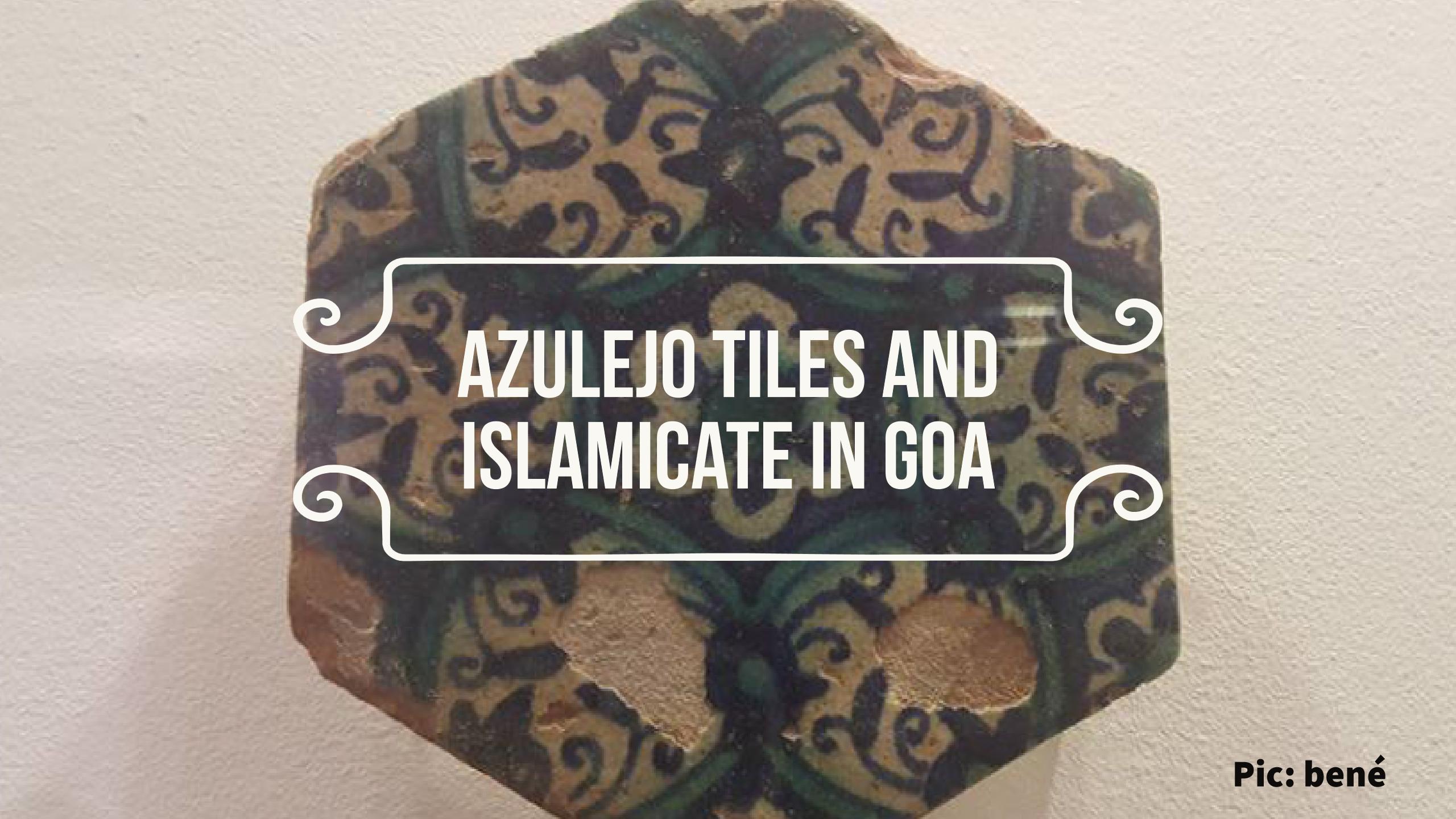Shaiva versus Vaishnava in Portuguese Goa
By AMITA KANEKAR
Among the many myths that pass for history in Goa, a popular one is about how Hindus were relentlessly oppressed under Portuguese colonial rule. Not only were temples broken, rituals banned, and conversion enforced, we are told, but Hindus were also humiliated and tortured (via the Inquisition), so much so that everyone had to either convert or flee the Old Conquests. Most Goan Hindus are brought up on stories of religious oppression, along with religious heroism, i.e. of Hindus who had to fight valiantly for their religion and their idols.






 Some months ago, I had the opportunity to participate in a discussion on Goan literature in Portuguese. Central to that discussion was the question of defining a canon of Goan literature in Portuguese. For example, where would the history of such a literature begin from? Who could be considered Goan for the purposes of constructing such a history? In the course of these discussions, a question was half-jocularly posed: could Camões be considered Goan?
Some months ago, I had the opportunity to participate in a discussion on Goan literature in Portuguese. Central to that discussion was the question of defining a canon of Goan literature in Portuguese. For example, where would the history of such a literature begin from? Who could be considered Goan for the purposes of constructing such a history? In the course of these discussions, a question was half-jocularly posed: could Camões be considered Goan?